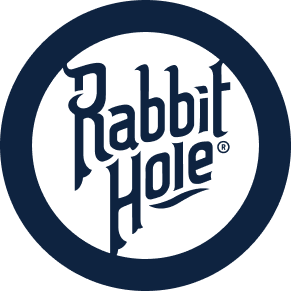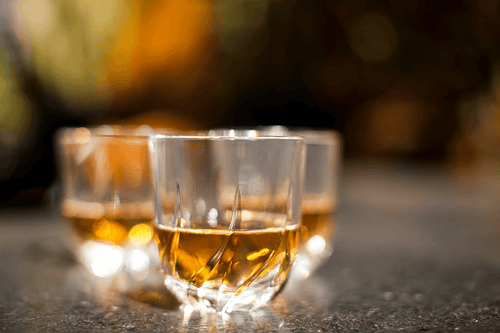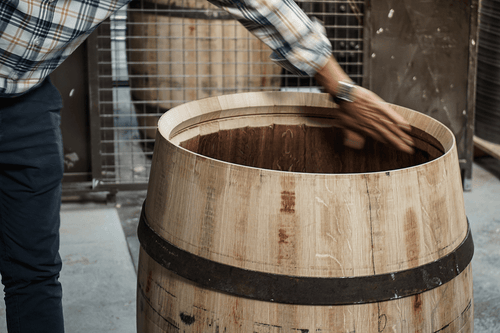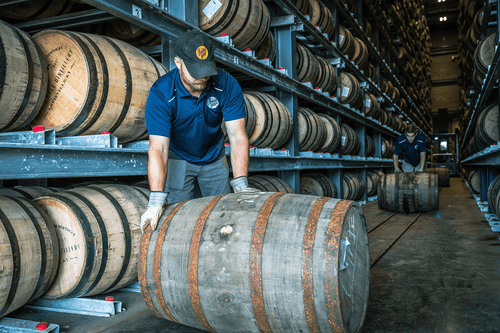The Four Grain Straight Bourbon Whiskey
FOUR GRAIN
STRAIGHT BOURBON WHISKEY
Most distillers stick to the typical three grain mash bill to produce their bourbons. Some very bold distillers are experimenting with four grains to produce very original and very complex straight bourbon whiskeys...
What Is A Four Grain Bourbon?
Most distillers stick to the typical three grain mash bill to produce their bourbons. Some very bold distillers are experimenting with four grains to produce very original and very complex straight bourbon whiskeys.
When it comes to making good bourbon, there is not a "one-size-fits-all" approach.
Although many different brands use three grains, there is obviously distinct and unmistakable differences between bourbon brands. There are near infinite combinations of raw ingredients, process differences and time. The same holds true for four grain bourbons.
Even when comparing different brands who produce four grain bourbon, the grains themselves may be different as well as the fermentation process with the four chosen grains.
Take for instance these two four grain bourbon mash bills:
| Four Grain Bourbon - Brand "A" | Four grain Bourbon - Brand "B" |
|
|
As shown in the above comparison, both brands use four grains in their bourbon mash bills. However, the grains as well as the percentages are different - thereby creating a very different finished product. Additionally, Brand A uses malted grains prior to fermentation. In a nutshell, malting grains means "sprouting" them. This process adds extra levels of complexity, flavor, sweetness and mouthfeel.
In cases where a particular brand may use malted grains within a four grain bourbon, they would typically label it as "Four Grain Triple Malt Bourbon" whereas there are four distinct grains being used and three of those four grains are malted.
In order for whiskey to be legally labeled as "bourbon" it must (along with other criteria) contain at least 51% corn in the mash bill. Theoretically, a bourbon mash bill could include a very diverse combination of other grains (including more corn) after the 51%.
Is Four Grain Bourbon "Better?"
Some bourbon aficionados may say that four grain bourbons are superior in every way to a comparable quality three grain bourbon. However, with bourbon, there is no room for status quo. As unique and diverse as bourbon expressions are, even more unique and diverse are our tastes. There is, however, a strong argument and correlation between complexity of taste as it pertains to the overall diversity of the spirit. Essentially, a four grain bourbon (and even more specifically) one with triple malt grains, will have inherently greater depth and breadth in terms of flavor.
Many argue that four grain bourbon is in a separate class all together. These connoisseurs of premium bourbon specifically seek out bourbon with four grains as opposed to three grains. Again, it is up to the individual to choose a bourbon that "scratches their itch." You really can't go wrong.
Four Grain Bourbon Brands
When looking to try a four grain bourbon, or a four grain triple malt bourbon, it is important to pay attention to not just the moniker and mash bill, but it also helps to understand the distilling caveats of the particular bourbon brand. Take time to really examine your four grain bourbon. Ask a few basic questions before purchasing:
- Is this four grain bourbon uniquely different than others?
- Does this four grain bourbon have any other unique attributes like malting processes?
- What taste profile was attempted by utilizing four grains, or three malted grains? Was the distiller successful?
All in all, a four grain bourbon should not only meet your expectations, but it should be overwhelmingly different than more traditional three grain bourbons. For instance, Cavehill Kentucky straight bourbon whiskey is a true four grain triple malt bourbon. Not just three malted grains, but one of the grains is honey malted - which has very little to do with honey and more to do with the germination or malting process. The unique malting process brings out sugars and other elements of of the raw grain, and to some actually tastes a lot like honey.
This flavor is then carried over to the barrel where it might age two or more years as the raw whiskey permeates the barrel and draws out unique flavors from the new toasted and charred oak barrels. If you are looking for something different, something "one-of-a-kind" then try Cavehill or another four grain bourbon.























